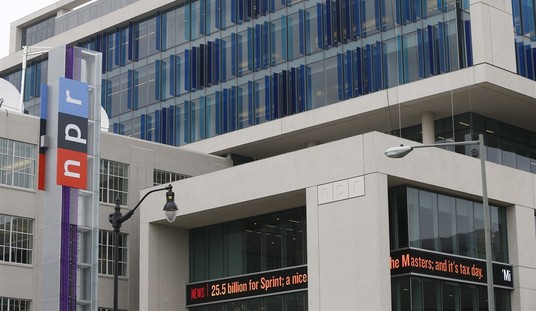A Chinese-American intern working for the Milwaukee Journal Sentinel has written a first-person account of his attempt to cover the aftermath of the Sylville Smith shooting. Aaron Mak says he was attacked by a group of people who chased and beat him because he wasn’t black. He was then rescued by other people in the crowd who pointed out that he was Chinese, not white. From Politico Magazine:
It had all started earlier that day, around 3:30 p.m. on Saturday, August 13, when Milwaukee police officers pulled over two black men in the city’s predominantly African-American Sherman Park neighborhood. The men fled on foot with the officers running after them. Officer Dominique Heaggan caught up with one of the men, Sylville Smith, who was armed. After a confrontation, the details of which are still unclear, the officer shot and killed Smith.
Mak doesn’t point out that Officer Dominique Heaggan is black. Maybe he assumes everyone knows that by now but in the context of his story it’s important because the people who beat Mak may not have known it at the time. In other words, they may have been angry over something that didn’t happen. In any case, Mak describes how the situation deteriorated after dark until he found himself hiding behind an SUV for fear of being shot:
As the confrontation went on, the crowd became more and more violent. What started as shoving and rock throwing escalated into smashing cars and setting businesses aflame. By nightfall, I was crouching behind a Chevy Suburban to avoid bullets. Another intern, a white man who had arrived later on to take photos, huddled beside me. After the gunfire ceased, he emerged from behind the car to take more pictures while I stayed behind.
“Get your white ass out of here!” he soon heard. “You better not let me f**king catch you!”
After trying unsuccessfully to defuse the situation, my colleague was flying down the street with a group of men chasing him. Wanting to help, but not knowing how, I decided to run after them. In order to run faster, my colleague dropped the two bulky cameras hanging around his neck. When I tried to retrieve them, and yelled at him to get out of the area, some in the group of rioters started chasing after me too. As a former back-of-the-pack runner in middle school gym class, I wasn’t surprised when they caught me. When they threw me to the ground, I reflexively curled up into a ball. Blows landed on my back, head and torso.
“Stop! He’s not white! He’s Asian!”
If you follow the link it will take you to the account of the same incident by the white intern whose name is Calvin Mattheis. After dropping his cameras he was able to sprint to a local hospital and call a family member to come pick him up. Obviously Mak was not quite as lucky, though he says the brief beating only resulted in a few scrapes.
What Mak says stuck with him from the experience was a woman asking him why a Chinese person was even there. That’s not what I find most striking about his story. What is striking to me is that Mak never really seems to condemn the unhinged anger that led to his beating. Instead he sets it apart and tries to rationalize it.
The rest of his piece is a long discourse about the divide within the Asian community over whether or not to support Black Lives Matter. Mak clearly is on the pro-BLM side. He sees the group as “the voice pushing for police accountability, for the full dignity of Americans who’ve been deprived of it.”
Pushing how? Mak’s piece opens with him describing an angry man “in tears” pushing a police officer. He doesn’t ever seem to come to terms with the fact that the BLM movement he supports (in its Platonic form) and the people who beat him up in the street are the same movement. In fact, at the close of his piece he writes:
While I don’t condone the attacks on my Journal Sentinel colleague and me, I don’t think our experience represents the movement overall. I wanted to move on to talk about the many African-Americans who stopped my attackers, who got me to safety and who may very well have saved me from more serious injuries.
Here’s where I disagree with Mak. From the beginning, BLM’s rise has been fueled by exactly the kind of anger that led to his experience. First it was anger over the idea Trayvon Martin was just an innocent kid heading home with skittles rather than the person straddling another man and beating his head into a sidewalk. It was the anger generated by the “hands up, don’t shoot” narrative, i.e. that gentle giant Mike Brown was surrendering when he was shot by a white cop (when in fact he was charging at the officer moments after wrestling for his gun). It was the suggestion that cops had murdered a woman after a questionable traffic stop, when in fact all the evidence shows she killed herself.
It was the fires in Ferguson that brought the cameras, and interns like Mak, to cover this movement. It’s the threat of riots and arson and looting that sets the entire country on high alert after every officer involved shooting, long before the facts of the case are not known. BLM was founded on that anger and it has cultivated it ever since. In some cases that anger may be justified, but in many of the most high profile cases it has not been. Mak can focus all he wants on the good people who helped him but the angry people who beat him up are at least as much a part of what made BLM a national movement.








Join the conversation as a VIP Member